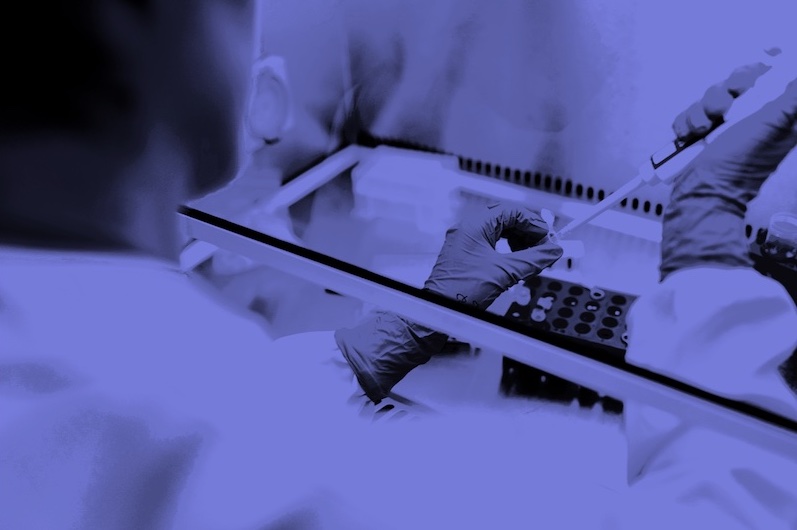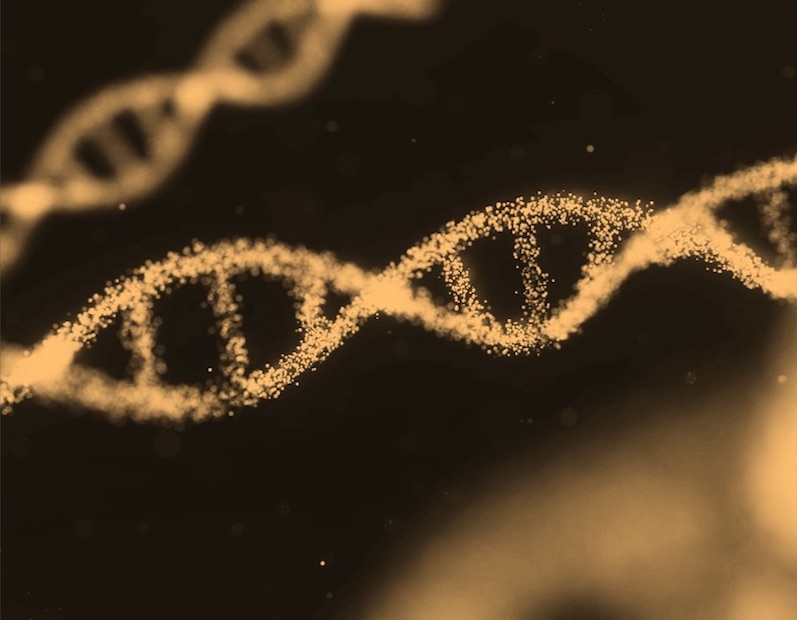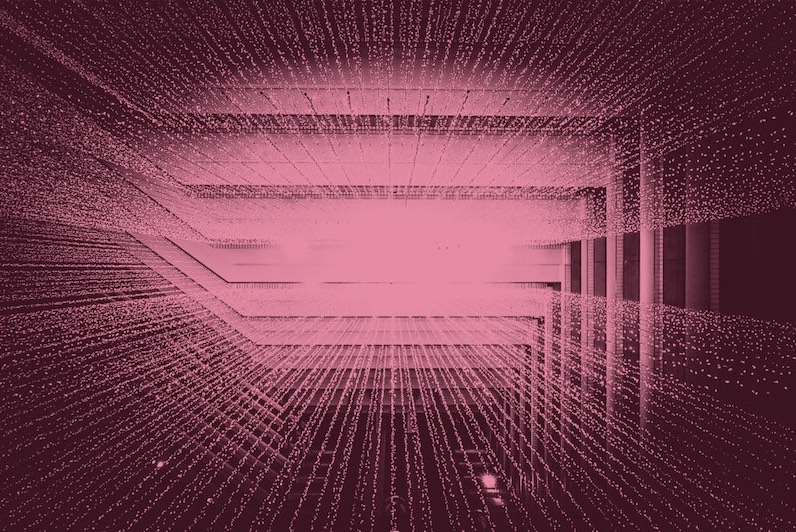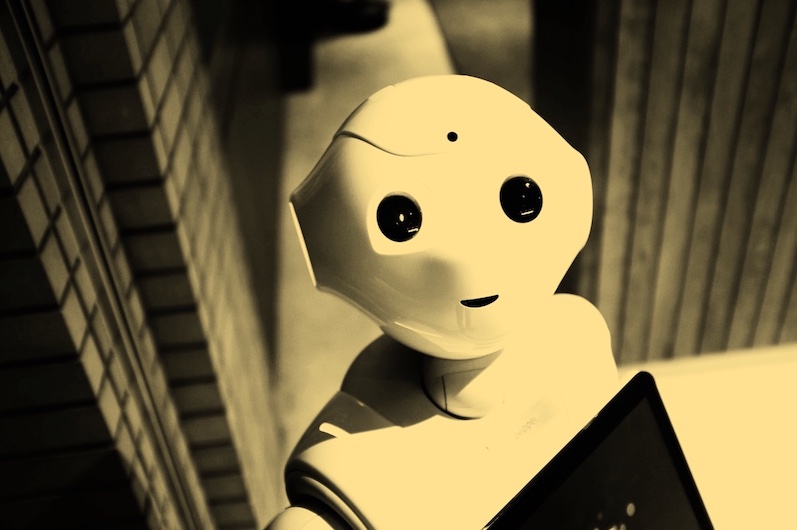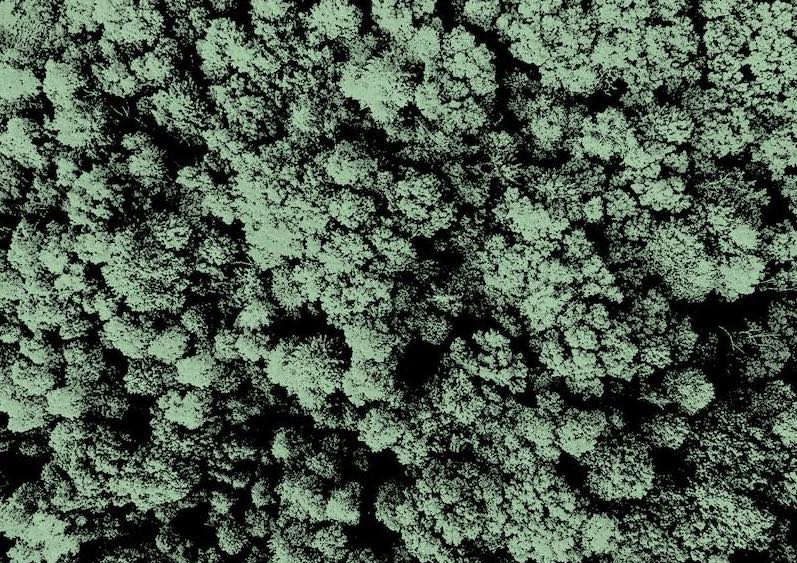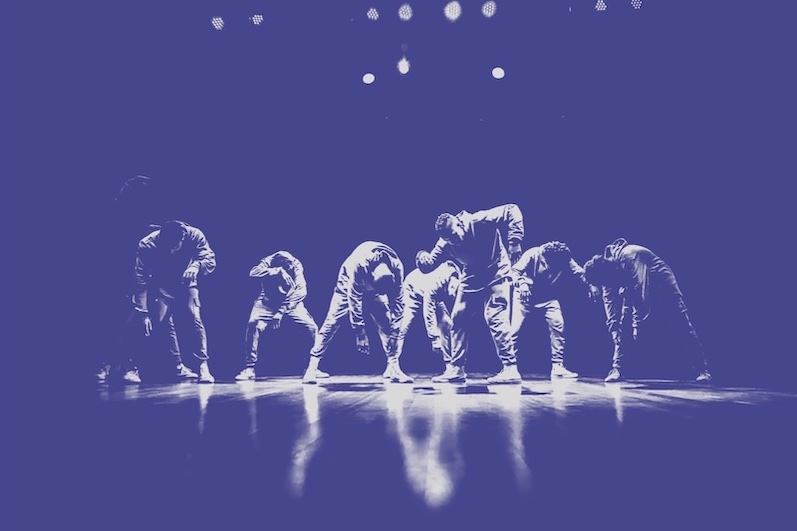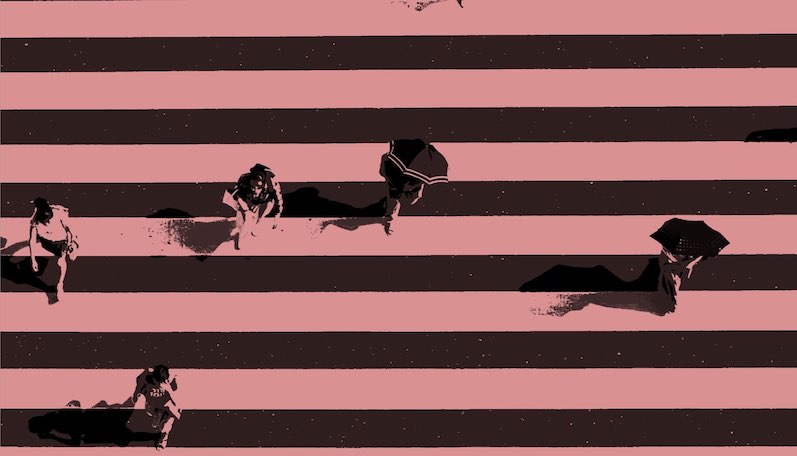What is it about?
Measurement of Bowing of Radius in Dry Bone
Featured Image

Photo by Brad Helmink on Unsplash
Why is it important?
Radial architecture is unique with curvature or bowing, and is of importance in normal range of rotation of the forearm. Radial bow is two dimensional but is apparent in coronal plane. Any alteration in bowing will affect proximal and distal radio ulnar articulations and hence forearm rotations. Mild changes in bowing are difficult to recognize when compare to axial and translational changes. Changes in curvature can occur following fractures, traumatic bowing and green stick fracture in children. Maintenance of bow is of utmost importance in surgical management of fractures involving radius. In 1992 Schemitsch and Richards described a method to measure radial bowing on radiographs. A radiograph of anterior-posterior view of forearm in full supination was taken and radial bow was measured using three parameters. In the present study we tried to apply similar measurement on dry bone radius of Indian population. There are studies on measurement and quantification of radial bowing using radiographs of forearm,but no studies available on dry bones. The mean value of site of maximum bow was 46.668% (SD±3.219%) of length of entire bow. The mean value of magnitude of bow was 5.0472% (SD±0.6393%) of length of entire bow. The length of entire bow of the radius and the site of maximum bowing and magnitude of bow are strongly correlated. The magnitude of bow is within 7% of entire length of bow. This is the first study of bowing of radius on dry bones.
Perspectives
Radial architecture is unique with curvature or bowing, and is of importance in normal range of rotation of the forearm. Radial bow is two dimensional but is apparent in coronal plane. Any alteration in bowing will affect proximal and distal radio ulnar articulations and hence forearm rotations. Mild changes in bowing are difficult to recognize when compare to axial and translational changes. Changes in curvature can occur following fractures, traumatic bowing and green stick fracture in children. Maintenance of bow is of utmost importance in surgical management of fractures involving radius. In 1992 Schemitsch and Richards described a method to measure radial bowing on radiographs. A radiograph of anterior-posterior view of forearm in full supination was taken and radial bow was measured using three parameters. In the present study we tried to apply similar measurement on dry bone radius of Indian population. There are studies on measurement and quantification of radial bowing using radiographs of forearm,but no studies available on dry bones. The mean value of site of maximum bow was 46.668% (SD±3.219%) of length of entire bow. The mean value of magnitude of bow was 5.0472% (SD±0.6393%) of length of entire bow. The length of entire bow of the radius and the site of maximum bowing and magnitude of bow are strongly correlated. The magnitude of bow is within 7% of entire length of bow. This is the first study of bowing of radius on dry bones.
Red Flower Publication Publications
Red Flower Publication Pvt Ltd
Read the Original
This page is a summary of: Measurement of Bowing of Radius in Dry Bone, Indian Journal of Anatomy, January 2018, Red Flower Publication Private, Ltd.,
DOI: 10.21088/ija.2320.0022.7218.17.
You can read the full text:
Contributors
The following have contributed to this page
